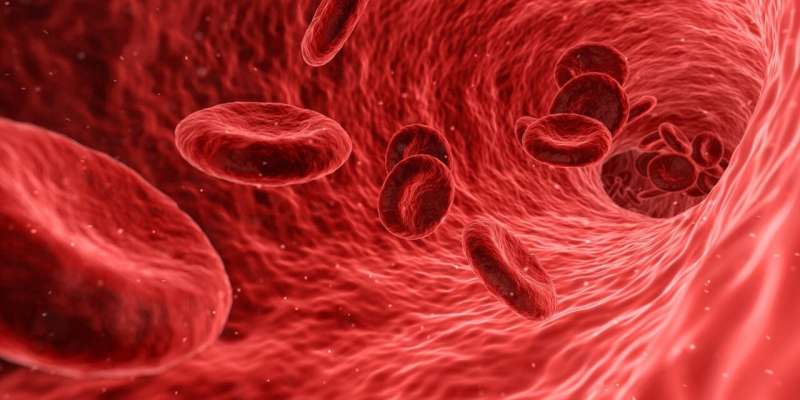New Study Finds Blood Tests Can Detect Cancers Up to Three Years Before Symptoms Appear

A groundbreaking study reveals that genetic material from tumors can be detected in the bloodstream up to three years before a cancer diagnosis, paving the way for earlier detection and treatment.
Recent research conducted by investigators at Johns Hopkins University has uncovered that tumors shed genetic material into the bloodstream long before clinical diagnosis is possible. According to the study published in Cancer Discovery, cancer-derived mutations can be identified in blood samples up to three years prior to the manifestation of symptoms or diagnosis. This breakthrough was achieved by analyzing plasma samples from participants in the NIH-funded ARIC study, which tracks risk factors for heart disease and related conditions.
Using highly sensitive sequencing techniques, researchers examined blood samples from 26 individuals who were later diagnosed with cancer within six months and compared them with similar participants who did not develop cancer. Remarkably, eight individuals tested positive for multilayered circulating tumor DNA (ctDNA) at the time of sample collection. Further analysis revealed that in six of these cases, tumor mutations could be detected as early as 3.1 to 3.5 years before diagnosis.
The findings highlight the potential of multi-cancer early detection (MCED) tests to identify cancers at an earlier, more treatable stage, potentially improving patient outcomes. Lead author Dr. Yuxuan Wang emphasized that early detection provides critical time for intervention, as tumors tend to be smaller and less advanced at this juncture. Experts such as Dr. Bert Vogelstein note that setting benchmarks for sensitivity in these tests is vital for successful implementation.
While these results are promising, the researchers underscore the need for further studies to determine appropriate clinical pathways following positive test results. This advancement opens new avenues toward revolutionizing cancer screening and early diagnosis, helping to save lives through earlier intervention.
Stay Updated with Mia's Feed
Get the latest health & wellness insights delivered straight to your inbox.
Related Articles
Innovative Dual-Mode Tracer Enhances Prostate Cancer Surgery with Imaging and Auditory Guidance
A revolutionary dual-mode tracer combining fluorescence and radio-guidance promises to improve the precision and outcomes of prostate cancer surgeries by helping surgeons visualize and detect tumors more effectively.
Understanding How Your Immune System Maintains Balance: Insights from the 2025 Nobel Prize
Discover how the 2025 Nobel Prize-winning research on regulatory T cells and the FOXP3 gene is transforming our understanding of immune tolerance, paving the way for new treatments for autoimmune diseases and cancer.
The Impact of Structural Racism on Healthcare Outcomes
Explore how structural racism creates systemic health disparities and what multidisciplinary approaches are needed to promote health equity.
Impact of Diabetes During Pregnancy on Children's Developmental Outcomes
A comprehensive study shows that children born to mothers with diabetes during pregnancy do not exhibit increased developmental or educational vulnerabilities, offering reassurance about the long-term outcomes of diabetic pregnancy when properly managed.



